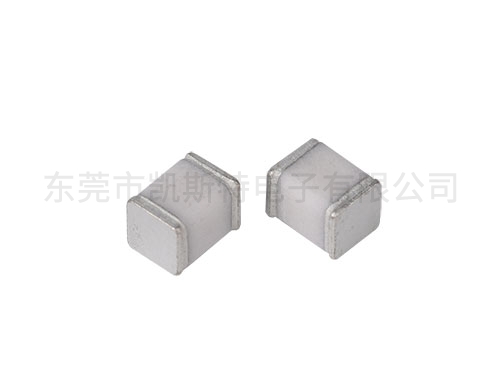




Some gas discharge tubes have glass as the outer shell for the tube. Some use ceramic as the encapsulation shell, and the discharge tube is filled with inert gases with stable electrical performance (such as argon and neon, etc.). The discharge electrodes of commonly used discharge tubes are generally two or three, and the electrodes are separated by inert gases. According to the setting of the number of electrodes, discharge tubes can be classified into two-electrode and three-electrode discharge tubes.
The ceramic diode discharge tube is mainly composed of pure iron electrodes, nickel-chromium-cobalt alloy caps, silver-copper welding caps and ceramic tube bodies. The discharge electrodes inside the tube are coated with radioactive oxides, and the inner wall of the tube is also coated with radioactive elements to improve the discharge characteristics. Discharge electrodes mainly come in two structures: rod-shaped and cup-shaped. In the discharge tube of the rod-shaped electrode, a cylindrical hot screen is also installed between the electrode and the tube wall. This hot screen can make the ceramic tube body heat up more evenly, preventing local overheating and tube breakage. Radioactive oxides are also coated inside the hot screen to further reduce the discharge dispersion. In the discharge tube of the cup-shaped electrode, a molybdenum mesh is installed at the mouth of the cup, and cesium is placed inside the cup. Its function is also to reduce the dispersion of discharge.
The three-pole discharge tube is also composed of pure iron electrodes, nickel-chromium-cobalt alloy caps, silver-copper welding caps and ceramic tube bodies, etc. Unlike the two-pole discharge tube, a nickel-chromium-cobalt alloy cylinder is added to the three-pole discharge tube as the third pole, that is, the grounding electrode.
